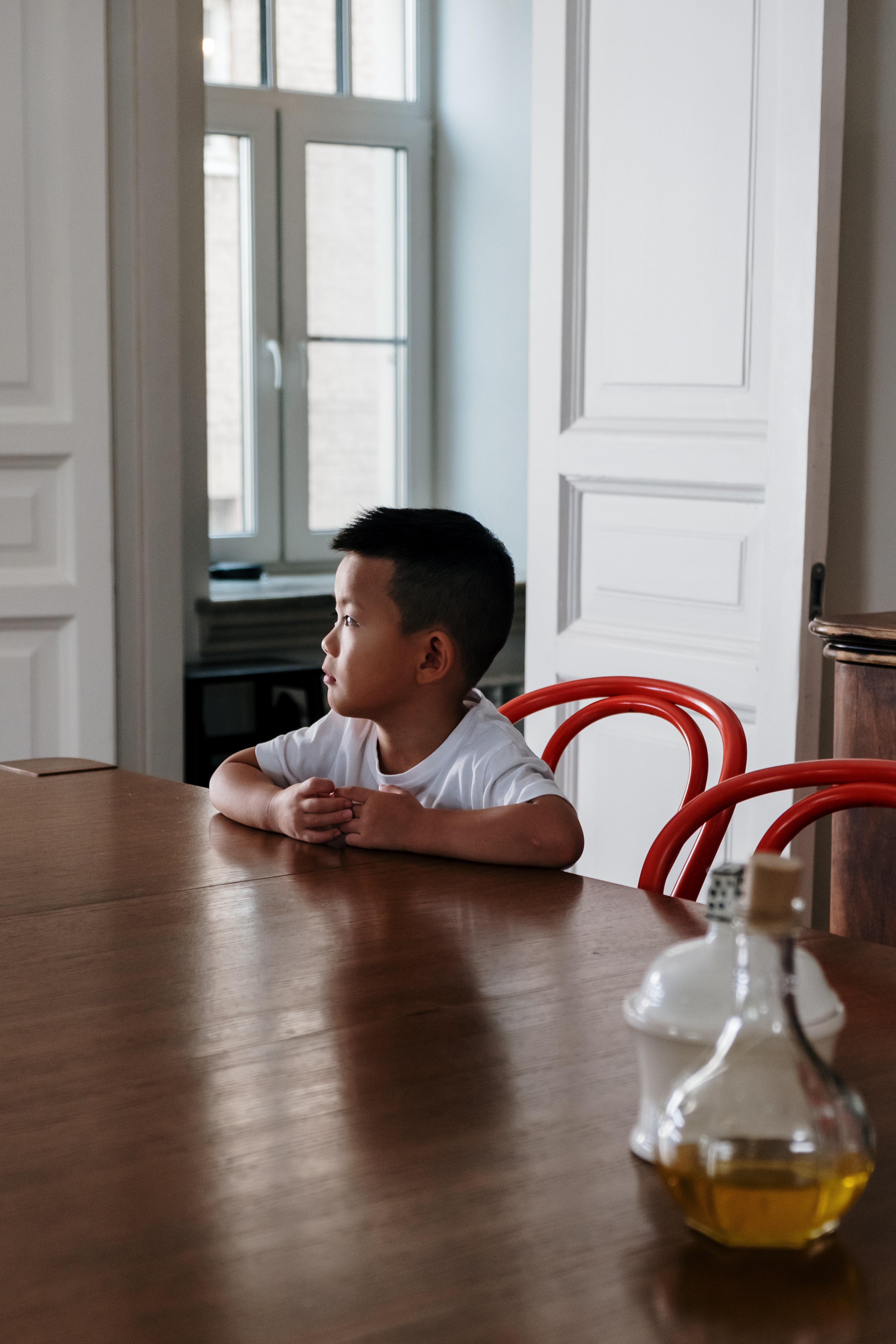Teach Waiting for Children with Autism (ASD)

Self Regulation and Waiting
Did parents know that one of the most important aspects that children must have is self-regulation? Self-regulation becomes a basic aspect for individuals to learn and behave. Child regulation is closely related to social skills, behavior, and academic competence. One aspect of self-regulation is being able to wait. Waiting is very important for all individuals, including children with autism.
The Importance of Waiting
One study stated that it turns out that children need the ability to wait to develop language development. Children who can wait show that they are ready to learn, so many skills can be taught. This is also very important for children with autism as many skills can be taught if they can wait. The importance of training children's regulatory abilities is also to minimize the occurrence of problematic behavior in children. Both for typical children and children with special needs, this ability must be trained from an early age. If not trained from early childhood, it may have an impact in adulthood.
Then what is the right way to teach children to wait? Here are some tips!
Child Conditions for Waiting
Many daily activities require us to wait. A simple example is when a child is waiting for his mother to serve food or when a child is required to wait for a gift to arrive. For children with autism, this will be very challenging because they need to learn more about emotion regulation. The following are some conditions that can be used to learn to wait:
- Before giving or doing something the child wants. This is also good to motivate the child to communicate better;
- Before providing assistance. This is useful to encourage problem-solving, persist with challenges, and learn from mistakes;
- Before doing prompting. Try to give the child time to process what was said, self-correct, or think about a problem.
Tips for teaching children to wait
- Make sure that your expectations are realistic and achievable!
When teaching children to wait, it is important to provide expectations and what they want to do. For example, you can instruct them to pause playing for 5 seconds, then after that, they can continue to play again. Providing clear structures and expectations for children with autism is crucial. Don't set expectations that you can't or may not fulfill as this will lower the child's level of trust. The desired expectations also need to be adjusted to the child's abilities.
- Increase the reinforcer every time the child waits longer.
We can divide the waiting time from 1 second and then keep increasing. We can give more reinforcers when the child can wait longer. Keep in mind that reinforcement is given when the child has finished waiting with the predetermined time.
- Use prompts (help) when teaching children to wait.
Here are some examples of prompts to train to wait:
- Verbal Prompt: Counting down 1..2..3..
- Visual Prompt: Shows a card to wait
- Gesture Prompt: Use a hand gesture (hold) for the child to wait.
- Social Stories: Sometimes, using social stories will work for some children. Providing social story prompts can also be done when children learn to wait.
- Use the waiting ability to generalize!
When your child is learning a new skill or behavior, whether at school or outside of therapy, use the strategy of waiting for an undesignated time to give your child generalization opportunities. Take advantage of time in a variety of places and settings to continue teaching lessons that have been learned.
- Always give reinforcers when children do good behavior.
When the child is not in a learning setting but can behave well, then provide a reinforcer for what the child has done. For example, when a child is with friends and he is waiting for his turn to play, you can praise him "good waiting". An example of another simple thing, when your child listens to you talk and gives you eye contact, you can praise him with "good listening/good looking".
Those are a few things that can be implemented to teach children with autism to wait. The more you apply it, the more learning opportunities for children. The more learning opportunities the better for the child.
By Salsabilatuzzahra Jaha S.Psi from the BehaviorPALS Center
Source :
Autism Classroom.(3 April 2023). autismclassroomresources.com. https://autismclassroomresources.com/teach-waiting/
Mooboo (2020).https://moobooresources.com/wp-content/uploads/2020/11/In-the-Moment-Teaching_nov2020.pdf
Waiting, Teaching, Patience, Autism
Special Needs / Berkebutuhan Khusus / Social Development / Tumbuh Kembang Sosial / Education / Pendidikan / Teach Waiting for Children with Autism (ASD)
Comments













